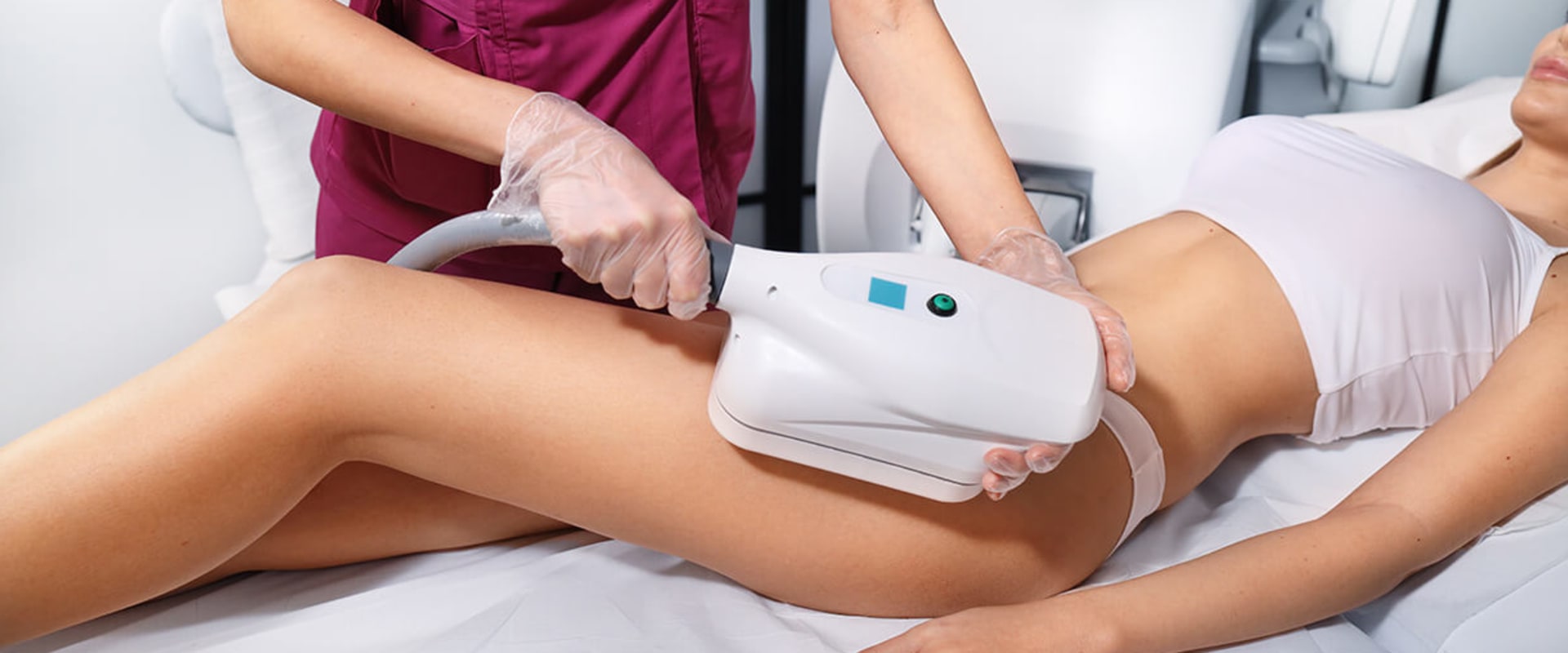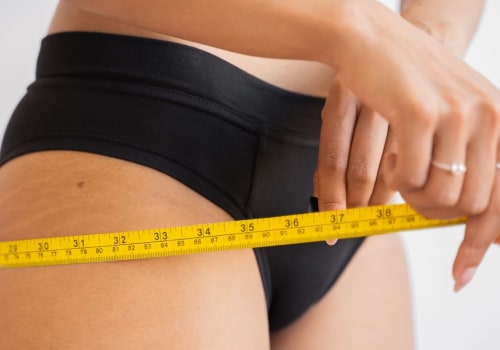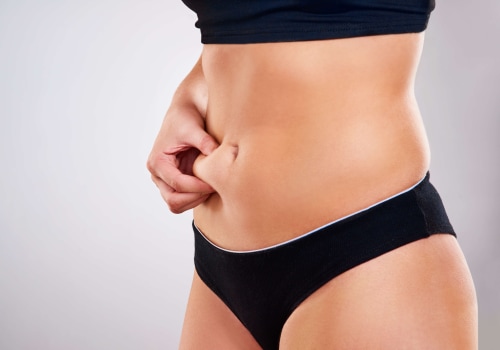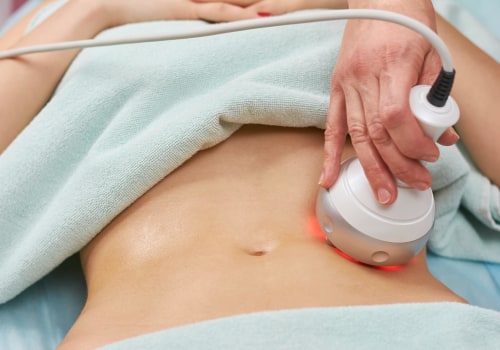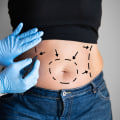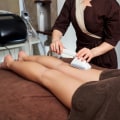In recent years, non-surgical fat reduction treatments have gained immense popularity as a safe and effective alternative to traditional liposuction. These non-invasive procedures cater to individuals seeking body contouring solutions without the downtime, discomfort, or risks associated with surgery. Advances in technology have made it possible to target stubborn fat areas and achieve noticeable results through methods that utilize heat, cold, radiofrequency, or ultrasound energy. This comprehensive guide explores the various options available, their benefits, and what to expect from these treatments.
Understanding Non-Invasive Fat Reduction
Non-surgical fat reduction focuses on reducing fat cells in specific areas of the body without making incisions or using anesthesia. These treatments are particularly appealing to people who are close to their ideal weight but struggle with localized fat deposits that do not respond to diet or exercise. Common treatment areas include the abdomen, thighs, flanks, back, arms, and chin. While these procedures are not a substitute for weight loss, they can effectively enhance body contours by eliminating small amounts of stubborn fat.
One of the most widely recognized methods is cryolipolysis, also known as fat freezing. This technique involves cooling fat cells to a temperature that causes their natural death without harming surrounding tissues. The body then eliminates these fat cells over time through its natural metabolic processes. Another popular option is laser-based fat reduction, which uses targeted laser energy to heat and destroy fat cells. Similarly, radiofrequency and ultrasound technologies work by disrupting fat cells using controlled energy, leading to gradual fat reduction.
Advantages of Non-Surgical Fat Reduction
The primary benefit of non-invasive fat reduction treatments is their convenience. With no incisions or anesthesia required, these procedures typically involve little to no downtime, allowing patients to return to their daily activities immediately. Most sessions last between 30 minutes to an hour, making them easy to fit into a busy schedule. Additionally, these treatments are generally well-tolerated, with minimal discomfort reported during and after the procedure.
Another significant advantage is the gradual and natural-looking results. Unlike surgical procedures, which often involve immediate but noticeable changes, non-surgical fat reduction provides subtle improvements over several weeks as the body eliminates fat cells. This gradual process helps maintain a natural appearance, avoiding the dramatic transformations that can sometimes occur with invasive surgery.
Preparing for Treatment
Before undergoing any non-surgical fat reduction treatment, a consultation with a qualified provider is essential. During this session, the practitioner will assess your body composition, discuss your goals, and recommend the most suitable treatment option. It is also crucial to maintain realistic expectations, as these treatments are designed to complement a healthy lifestyle rather than serve as a shortcut to significant weight loss.
Patients may be advised to avoid certain activities or products before their session to maximize results and minimize potential side effects. For instance, it might be recommended to avoid tanning products or heavy sun exposure before treatments involving heat-based technologies. Understanding these guidelines can enhance the overall effectiveness of the procedure. Similarly, while preparing for your aesthetic goals, you might consider exploring a guide to tanning lotion for complementary skin enhancement techniques, ensuring your body appears toned and radiant after the procedure.
Post-Treatment Care and Expectations
Following a non-surgical fat reduction session, patients can typically resume their daily activities without interruption. Mild side effects, such as redness, swelling, or sensitivity in the treated area, are common but usually subside within a few days. Since the results develop gradually, patience is key; it can take several weeks or even months to see the full effects as the body naturally processes and removes the targeted fat cells.
Maintaining a healthy lifestyle is crucial for preserving the results. While the fat cells treated during the procedure are permanently removed, weight gain can cause the remaining fat cells to expand, potentially diminishing the overall effects. Incorporating a balanced diet, regular exercise, and proper hydration can help sustain the improved contours achieved through non-surgical fat reduction.
Comparing Non-Surgical Options
Each non-surgical fat reduction method offers unique benefits, and choosing the right one depends on individual preferences and goals. Cryolipolysis, for instance, is particularly effective for reducing fat in areas like the abdomen and flanks, while ultrasound-based treatments are better suited for targeting deeper fat layers. Laser and radiofrequency options are often favored for smaller areas or for patients seeking skin-tightening benefits in addition to fat reduction.
During the consultation process, your provider will explain the pros and cons of each method, helping you determine the best approach for your needs. It is worth noting that multiple sessions may be required to achieve optimal results, depending on the amount of fat being targeted and the treatment area.
Conclusion: A Customized Path to Body Confidence
Non-surgical fat reduction treatments have revolutionized the field of body contouring, providing a safer and more accessible alternative to invasive procedures. By offering gradual, natural-looking results with minimal downtime, these technologies empower individuals to feel more confident in their bodies without the risks or recovery associated with surgery. Whether you’re considering fat freezing, laser therapy, or other non-invasive methods, understanding the available options and maintaining realistic expectations are essential for achieving satisfying outcomes.
